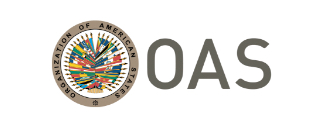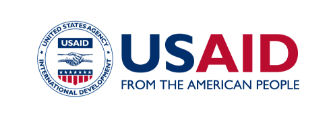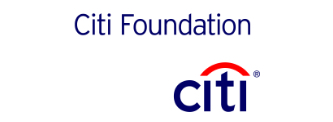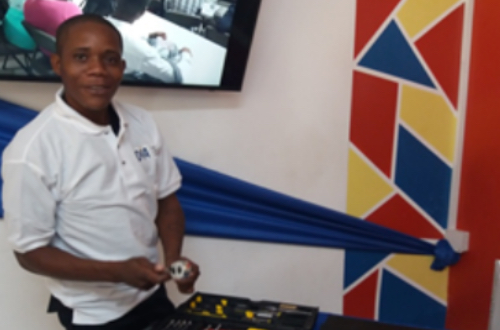Contribute to the reduction of recidivism rates: percentage of releasees, who received assistance by the project, and have returned to the juvenile facilities at the end of the project execution period is below 15%
A New Path
Description
Co-implemented with the Department of Public Security of the General Secretariat of the OAS, this project is funded by the United States Agency for International Development (USAID). A New Path improves quality and access to reintegration services for juvenile detainees of Jamaica, including technical training, behavior change, and individualized psychosocial and emotional services. The project works in the juvenile centers and in the communities, providing comprehensive support to the youth once they are released. As part of the support, the project focuses on offering educational and vocational training, as well as life skills and innovation training to improve marketable skills to obtain economic opportunities. The project has assisted more than 2,441 young Jamaicans up to July 2020.
Once they were released, 2,046 young persons received psychosocial support with the assignment of a post-release case manager, who provided the young person with individualized assistance and guidance. The case managers facilitated their reintegration into the schools and connected them to opportunities and other agencies offering services in their communities.
Also, the releasees have participated in initiatives promoted by the project for economic insertion. As a result, 49 businesses were created, benefiting not only the youth but their inner circles and their communities. Through the agricultural entrepreneurial initiative, 22 young people received the training and the resources to establish micro-farms in their rural communities of origin.
On the other hand, 143 young people were enrolled in apprenticeships through the project and received training in technical skills to help them to find jobs.
Moreover, the project has contributed to a systematic change in the juvenile criminal justice system through the strengthening of the capacity of the Department of Correctional Services of Jamaica in offering better care to the youth.
Project purpose

A New Path operates inside and outside correctional facilities to improve the quality of and access to reintegration services, vocational training, economic opportunities, and individualized psychosocial services for juvenile remandees and offenders.
Project goals


At least 600 detainees graduate from at least one program module while in detention.

At least 35% of participating youth are engaged in economic or education opportunities through the program, including apprenticeships, internships, mentorships, role modeling, and subsequent education courses, among others.
Main achievements
Structure
Is designed to impart capacity building and training workshops and curriculum for local partner NGOs, in order for them to be able to implement vocational, education, and rehabilitation programs in South Camp, Metcalfe, Hill Top and Rio Cobre. In addition, during this phase the GS/OAS and the Trust will provide the technical expertise for the construction, implementation and training of local service providers in a comprehensive new case management system that includes a follow-up post release component for youth South Camp, Metcalfe, Hill Top and Rio Cobre.
Is a series of activities meant to provide immediate support to prior juvenile remandees and offenders upon their release, focusing on social reintegration and economic inclusion. GS/OAS will thus partner with local organizations, private sector, and government to ensure comprehensive follow-up for all youth released from South Camp, Metcalfe, Hill Top and Rio Cobre for at least six to twelve months. Each releasee will be assigned a case manager who will assist in arranging educational, vocational, or internship/job opportunities, as well as provide key psychosocial support and guidance while the releasee reintegrates into society.
A case management system (paper-based and electronic) will be developed. All activities implemented under the framework of A New Path must be reported to the case management system.

Strategic partners



Success Stories
Damani

Damani arrived to A New Path after being released from a juvenile facility and referred by a probations officer. Damani completed the national HEART Certification in Auto Mechanics and received recommendations to enter the annual Pitch It! Competition. While preparing for the competition, Damani received a phone call regarding the gruesome death of his brother that caused him to make one of the toughest decisions of his life, “walk away from this opportunity to defend my brother’s death or fight through the tears and pain to become a better version of myself.” Damani decided to stay in the competition and after a successful pitch received seed funding to launch his business. He became the first participant to complete his business development plan to set up a mobile mechanic shop and began implementing his idea far before any other participant. His drive, commitment and passion made him also an ideal candidate to enroll at DIA’s training and received further support to expand his mechanic shop and acquire new tools.
Today, Damani’s provides services to people within his community. With the sky as his limit, nothing seems impossible for this young man to achieve.





